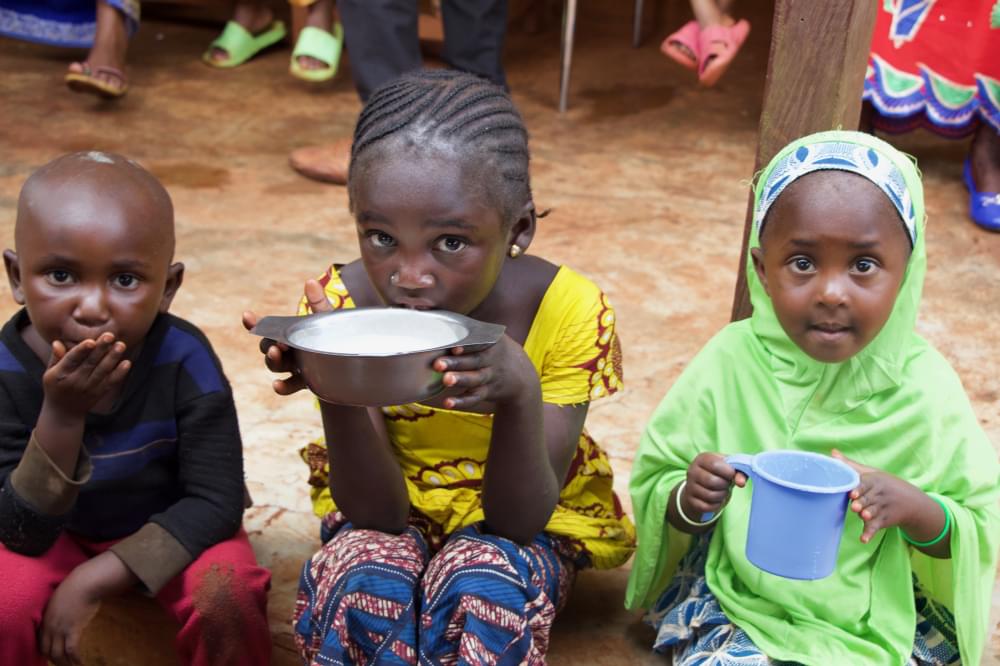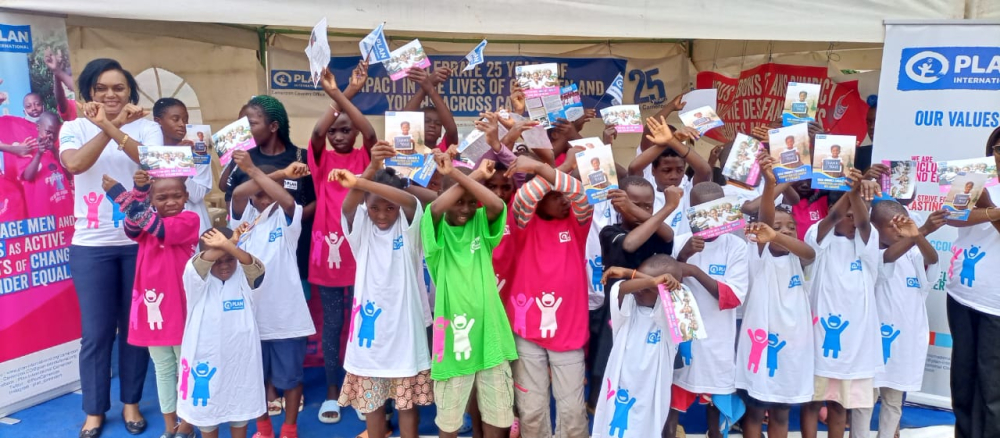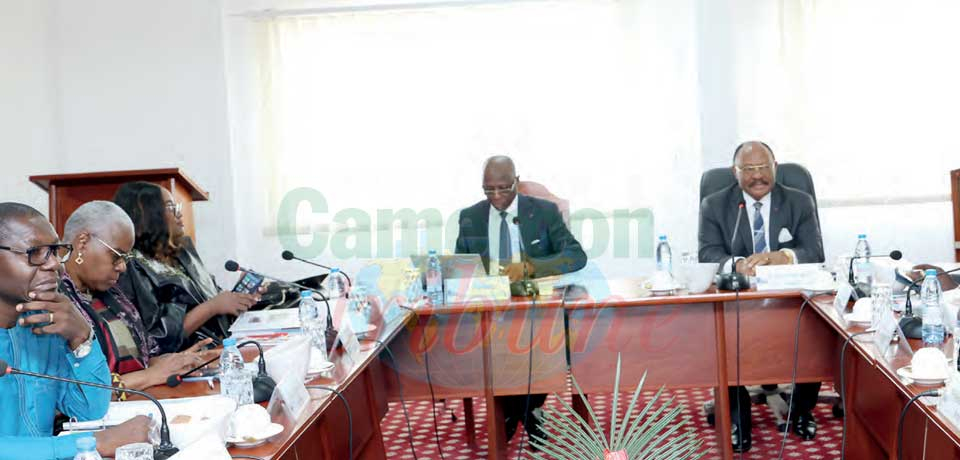Severe Acute Malnutrition : Cameroon Witnesses Appreciable Improvements In 2018
- Par Kimeng Hilton
- 09 Oct 2019 14:09
- 0 Likes

The latest Multiple Indicator Cluster Surveys, MICS/National Institute of Statistics report shows that the national average rose to 2 per cent, compared to 1.3 per cent in 2014. Nevertheless, the 2018 survey presents a general decline in Severe Acute.
Results of the latest world-wide household study on the situation of children and women - the Multiple Indicator Cluster Surveys - conducted by the United Nations Children’s Fund, UNICEF, were released officially recently. A comparative analysis of the data on Cameroon for 2018 published by UNICEF and the National Institute of Statistics, NIS, shows significant improvements in the situation of Severe Acute Malnutrition, SAM in the country’s 10 administrative regions and two largest cities of Yaounde and Douala.
According to the study, Adamawa in 2018 overtook Far North as the region worst hit by SAM with 5.2 per cent. Adamawa had 5.4 per cent in 2014; with Far North at a whopping 8.5 per cent the same year. In second place now is the Far North Region at only 3.4 per cent; while the East Region that was second in 2014 at 6.8 per cent has made remarkable progress by dropping to 0.8 per cent in 2018. This puts East Region eighth in the 2018 national SAM ranking.
The North Region maintains its third national position in 2018 with only 1.6 per cent SAM rate as against 5.5 per cent in 2014. In fourth position is Centre Region (excluding Yaounde) at 1.2 per cent, replacing Adamawa Region that had 5.4 per cent in the same position in 2014. The Littoral Region (excluding Douala) and Cameroon’s political capital, Yaounde, are in joint fifth position in 2018 at 1 per cent each. The South Region was fifth in 2014 with 1.9 per cent, but in 2018 improved to the eighth in the national ranking. It occupies the 9th position jointly with the North West Region at 0.4 per cent SAM rate.
Though Cameroon’s economic capital, Douala, is seventh in 2018 at 0.9 per cent, the city was 9th in 2014 with 1.5 per cent. Like earlier mentioned, the East Region is eighth in 2018 at 0.8 per cent, replacing the West Region that held the position in 2014 with 1.7 per cent. The most recent MICS report puts the North West and South regions in the ninth rank at 0.4 per cent, a position occupied by the city of Douala in 2014 with 1.5 per cent. Similarly, the West Region is ranked 11th in 2018 at 0.3 per cent, a remarkable improvement from 1.7 pe...
Cet article complet est réservé aux abonnés
Déjà abonné ? Identifiez-vous >
Accédez en illimité à Cameroon Tribune Digital à partir de 26250 FCFA
Je M'abonne1 minute suffit pour vous abonner à Cameroon Tribune Digital !
- Votre numéro spécial cameroon-tribune en version numérique
- Des encarts
- Des appels d'offres exclusives
- D'avant-première (accès 24h avant la publication)
- Des éditions consultables sur tous supports (smartphone, tablettes, PC)














Commentaires